Lagos is full of monuments and statues.
In 2016, I became interested in statues and how they live in urban spaces in cities throughout Africa.
Statues came to Africa through the colonizers from Europe who used them to mark their territories and immortalize themselves. When I began to question this practice of memory, it led me to consider the connections between colonialism, power, time, and space.
These photographs were made in different spaces on the continent and also represent people who have lived in historical periods throughout Africa. They have wielded power in one way or another. In other words, they are ideas of memory. They remind us of someone or something. Yet, the most interesting aspect for me is that these public artworks emerged from postcolonial movements.
After European colonizers left Africa, leaders and communities adapted this cultural practice and began erecting statues of themselves in public spaces.
Statues represent people, while monuments refer back to certain events in the history of a space. In the course of my research, I discovered the statue and pedestal’s connection with power, time and space.
As my project developed, I began to take interest in these new types of monuments, wondering in particular about the connection between statues and monuments to the memory of those represented by these statues as well as the events that led to the construction of these monuments. They make me think of how postcolonial Africa has imbibed the culture of their former colonial masters in public spaces.
Before colonialism, Africans used masquerades to immortalize themselves. In these performances, people wear specific costumes every year to celebrate the memory of a certain person who lived in a certain time.
Now all that is changing, people just erect statues of people they want to remember in public space. These statues and monuments are shaping public spaces throughout the entire continent
As I travel throughout Africa, I have collected a few which I find interesting with a rich and strong history. I hope to use this work to open up a conversation about how colonialism still has its effect on African societies and how cultures are being preserved through this inherited medium around the world.
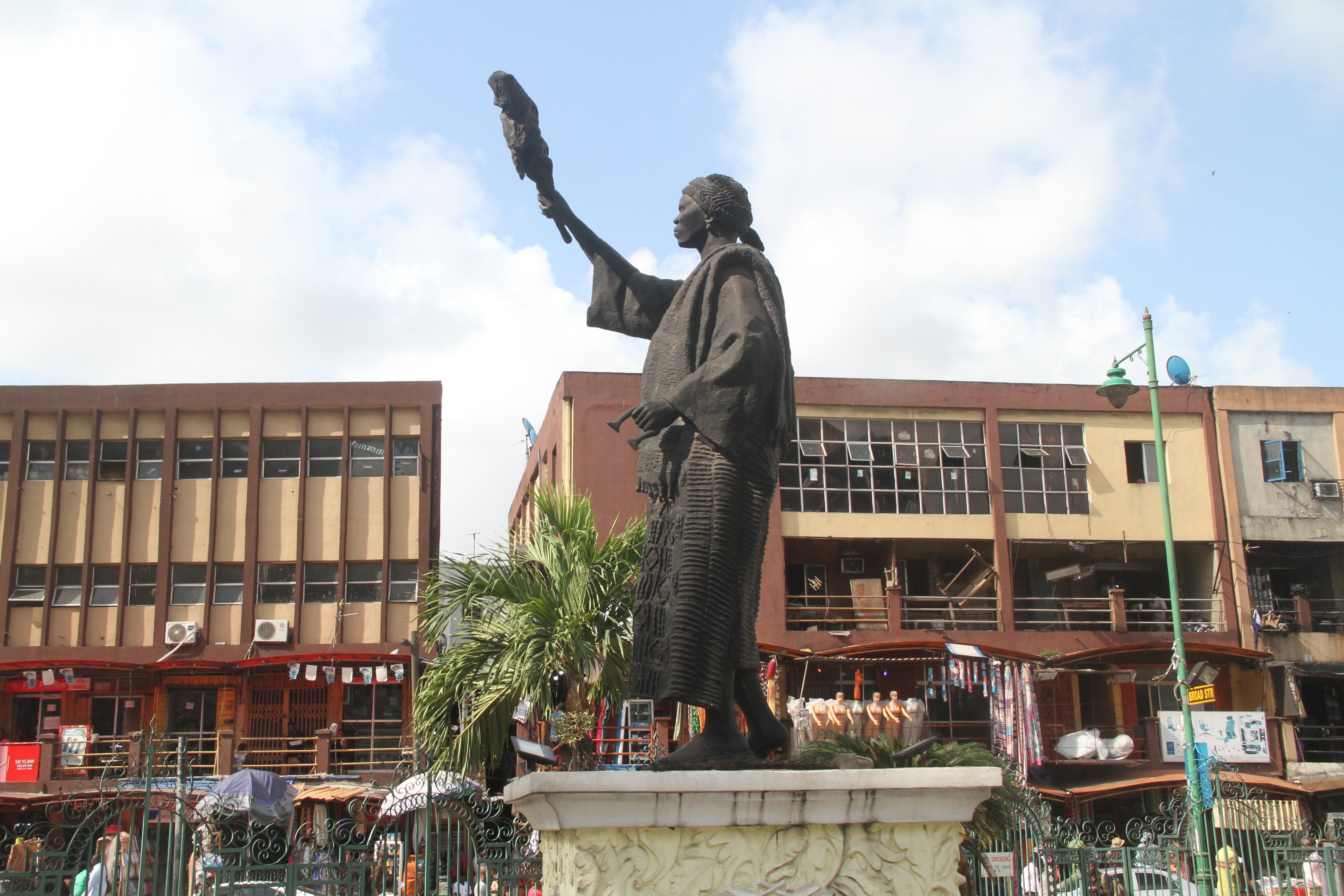
Madam EfunroyeTinunbu’s statue is erected at the Tinunbu square in Lagos highland where she held sway during her lifetime.
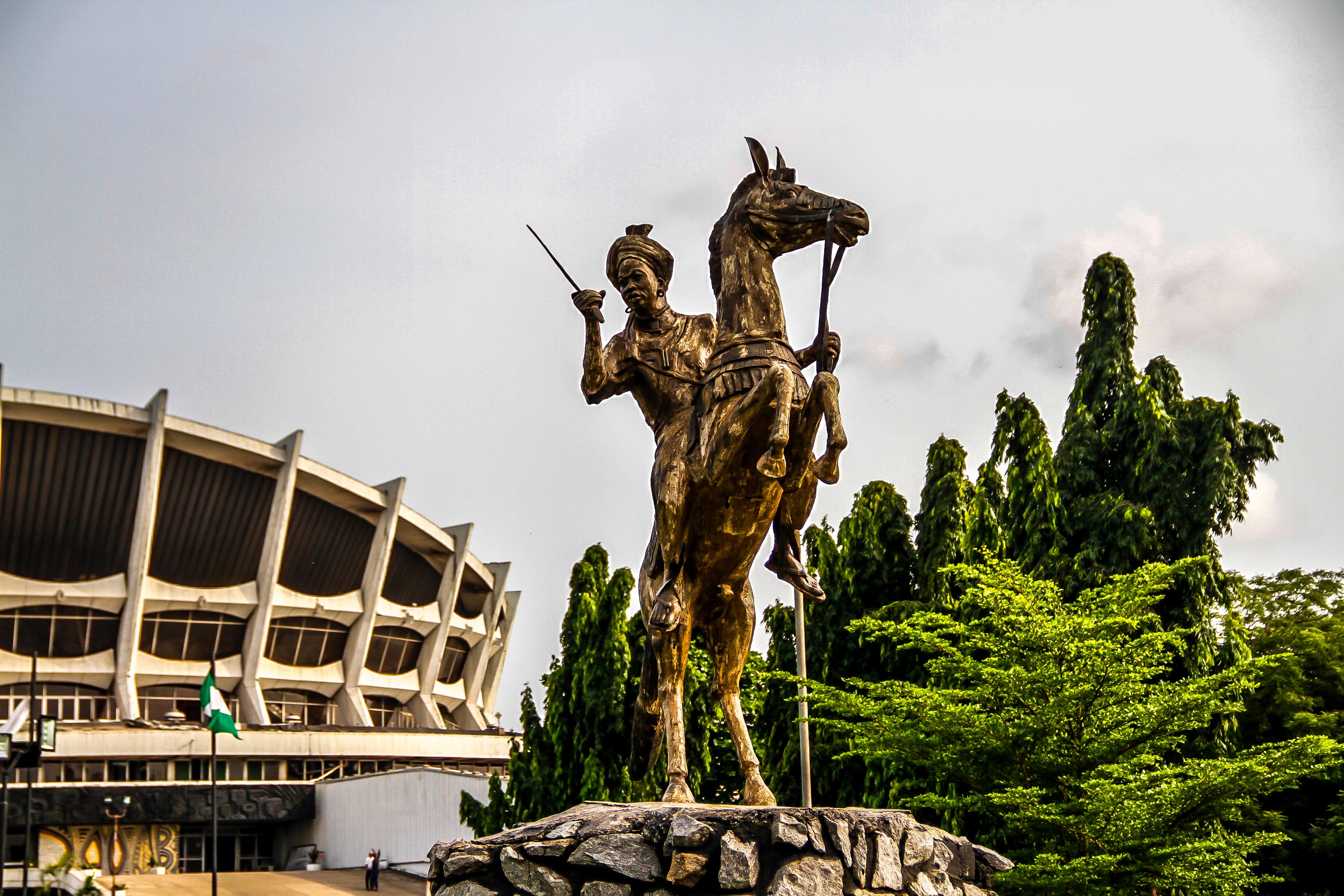
The equestrian statue of Queen Amina stands in front of the national theatre another monument of arts in Lagos, Nigeria.
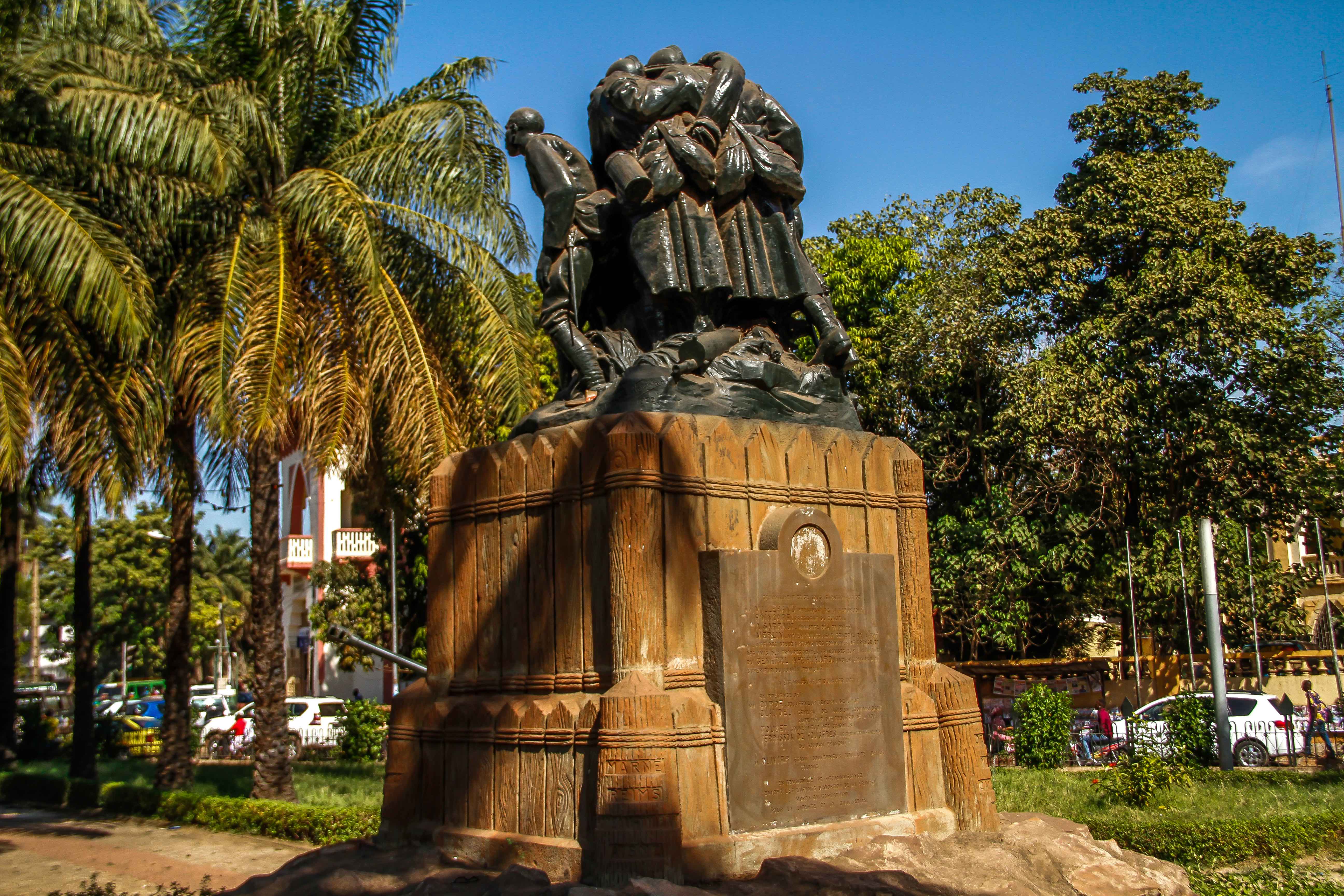
The monument of the Black soldiers of the resistance at the ‘Place de la liberté’ in Bamako, Mali.
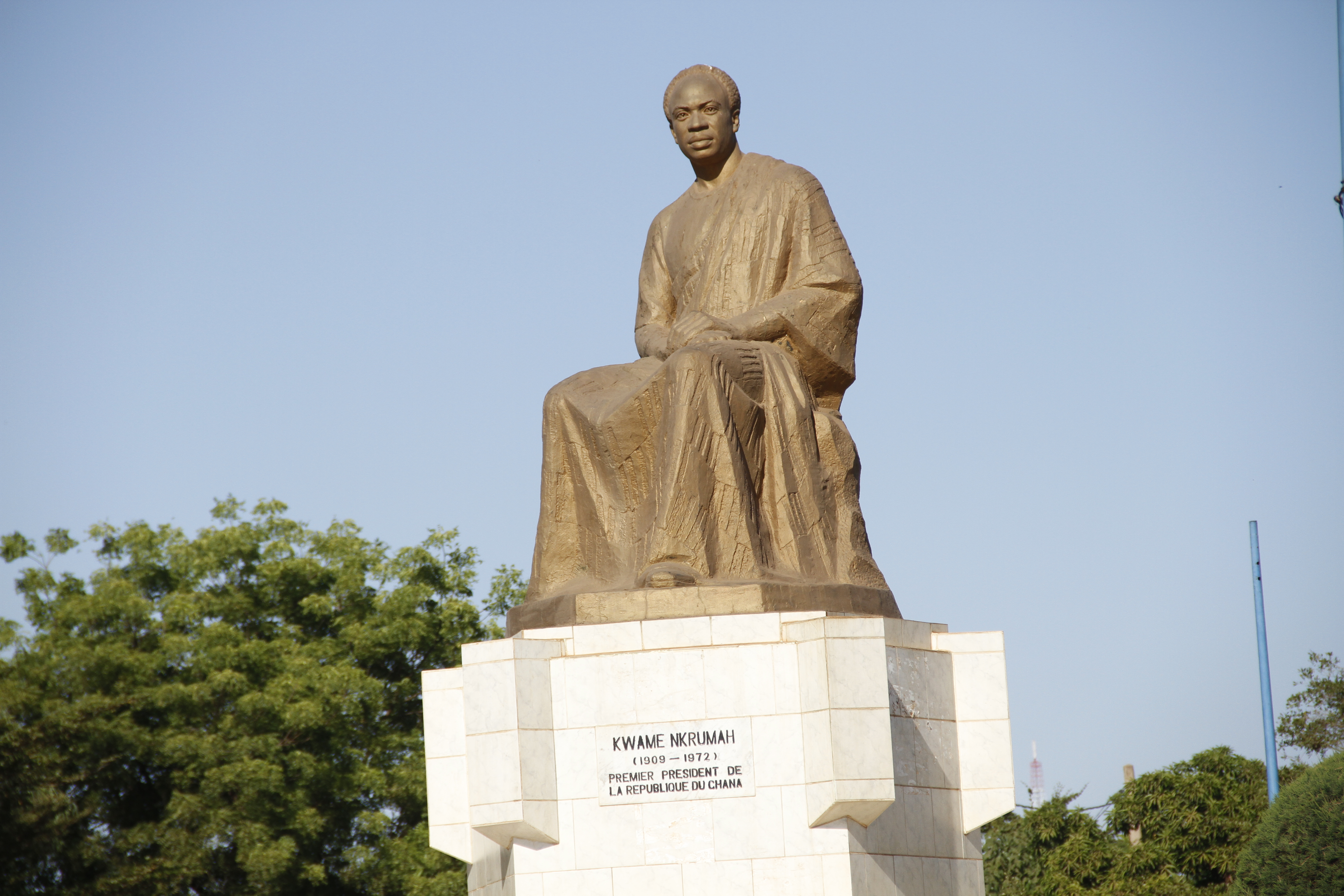
A statue of Kwame Nkrumah who was a pan-Africanist and a very good friend of Modibo Keita in Bamako, Mali.
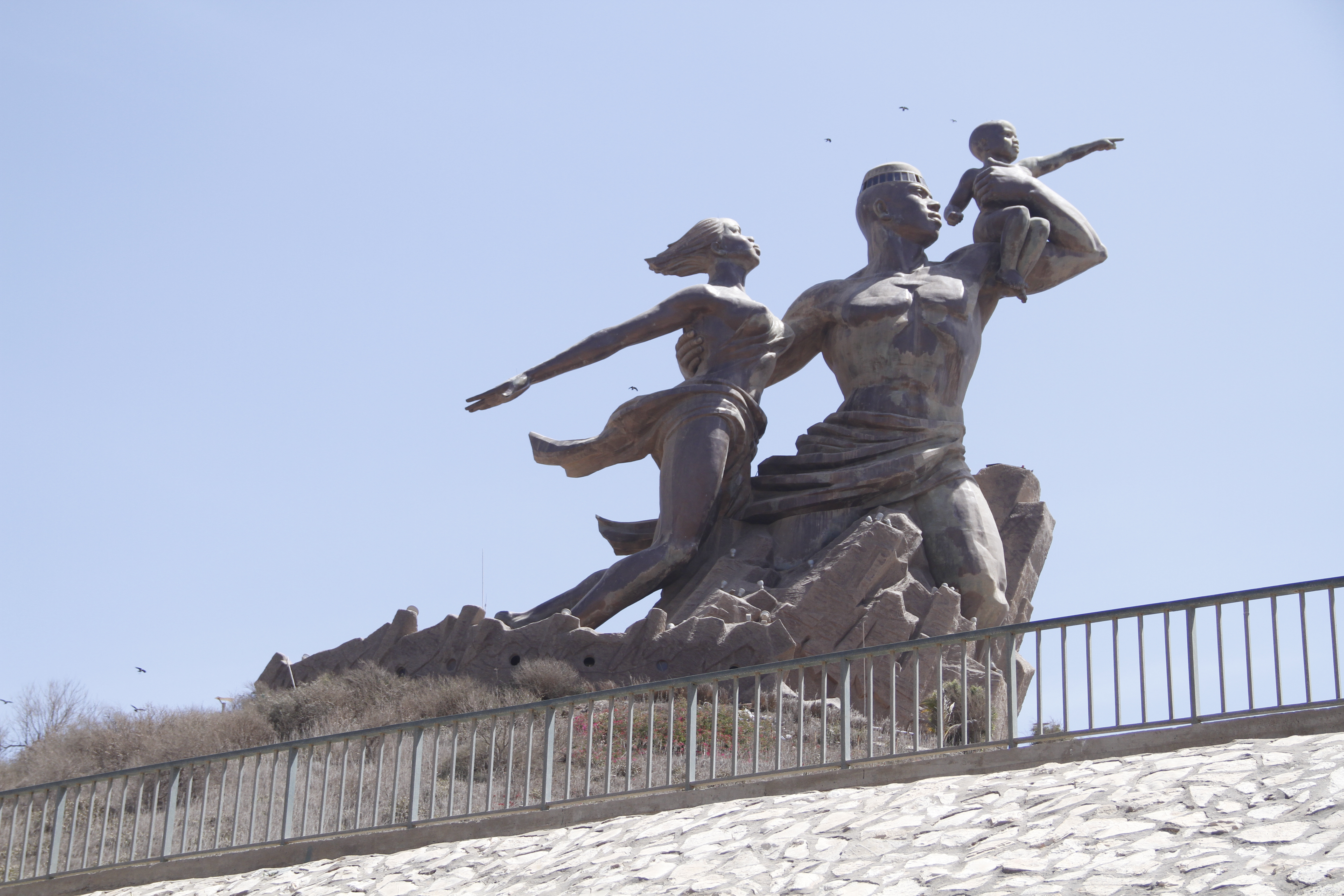
The African renaissance monument in Dakar, Senegal was erected in 2010 to mark fifty years of Senegalese independence from their colonial masters France.
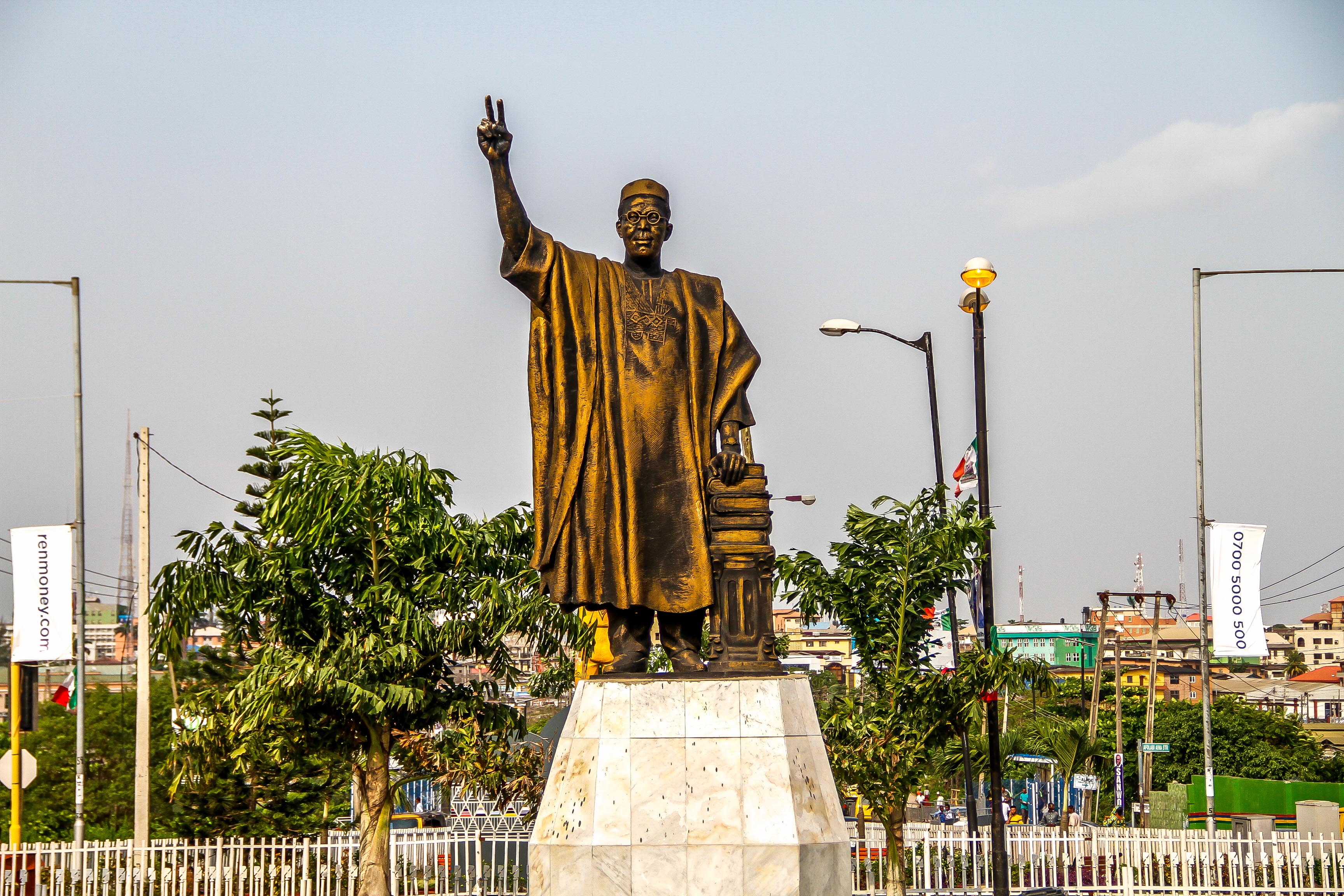
The statue of Chief Obafemi Awolowo Nigeria’s former minister of Education is erected in Ikeja the capital of Lagos which was the former Nigerian capital.
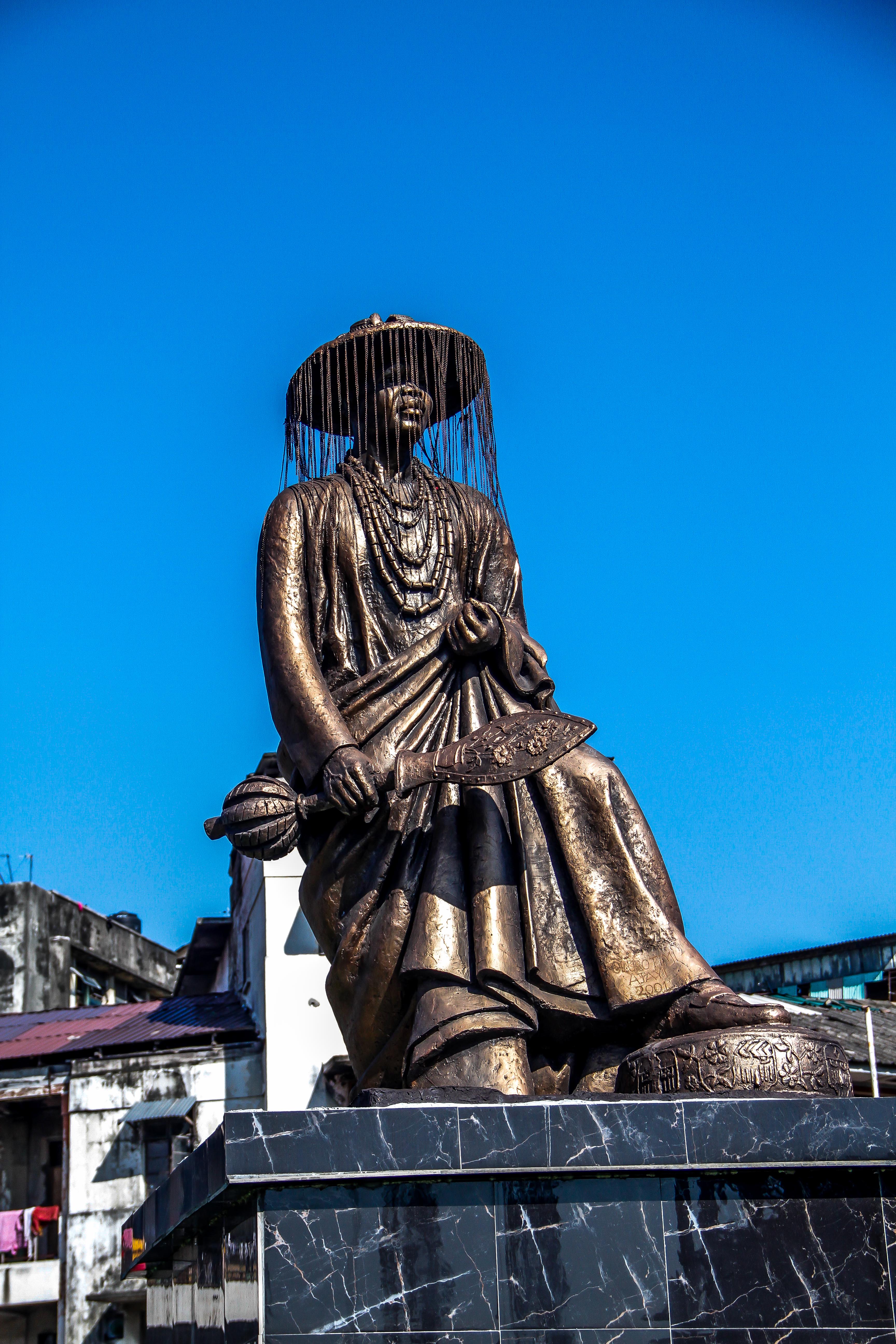
The statue of King Addo who was the first crown prince of Lagos is erected in Onikan Lagos Island.
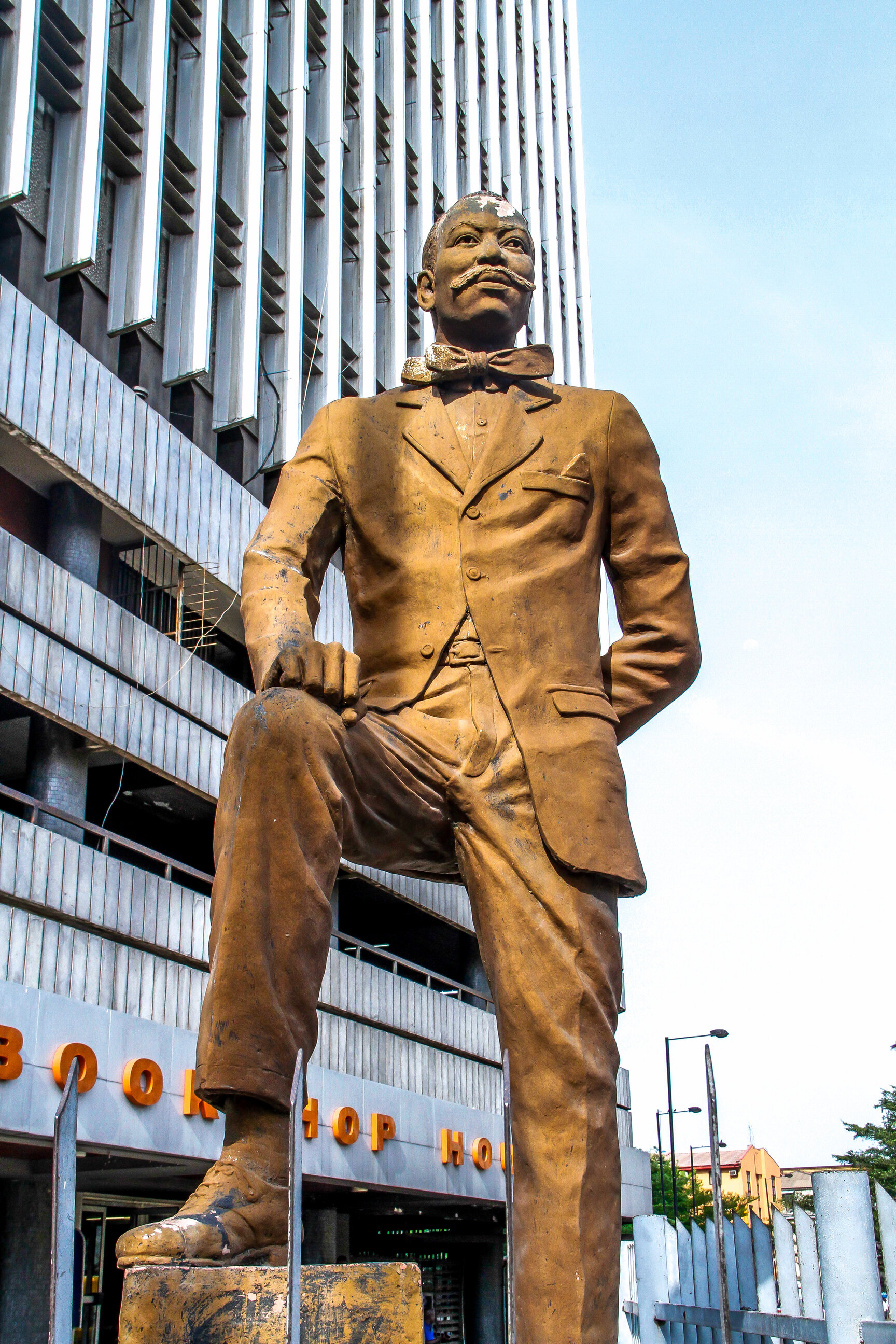
The statue of Sir Herbert Macaulay Nigeria’s father of Nationalism who fought for their independence is erected in the very heart of Lagos Island
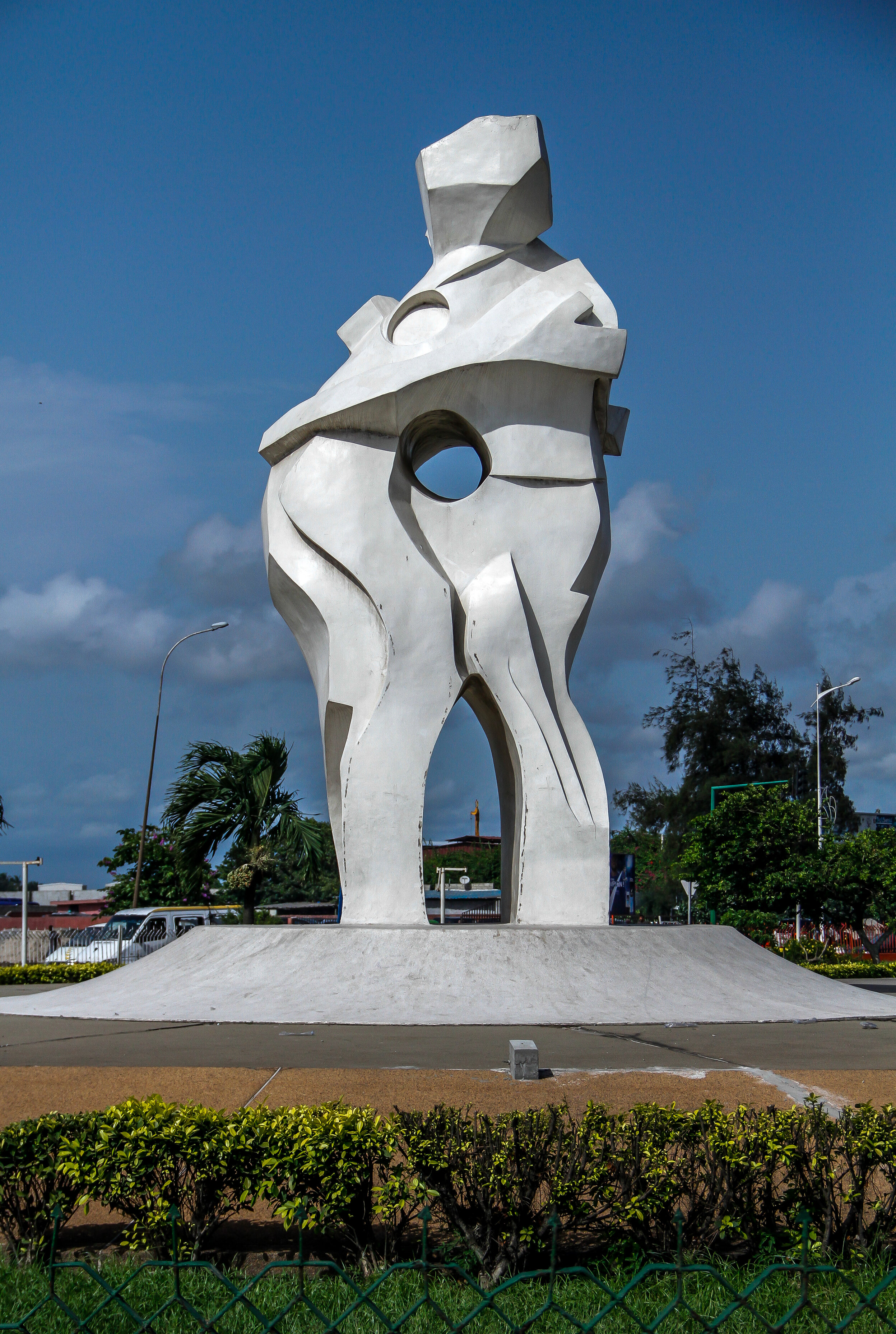
The Akwaba monument in Abidjan welcomes visitors to the city as it design depicts two people in a warm embrace

The Monument of Independence was constructed in 1995 and has been a symbol of Malian independence in Bamako.
